The old personal flotation device (PFD) that I had with me for about 6,000 miles of small-boat cruising between 1980 to 1987 was given to me by my next-door neighbor. He said it was the type used by longshoremen working the docks. Like all PFDs of that time, it had no pockets. I got a lot of use out of this PFD on my cruises, but all it ever did was keep me a bit warmer and help explain my grubby appearance when I walked into town: “I’m not destitute; I’m boating.” Here, I’m two months into a wintertime river voyage. Behind me is my sneak box, hauled into an abandoned house in Louisiana that had half fallen into the Pearl River and lost its living room’s riverside wall.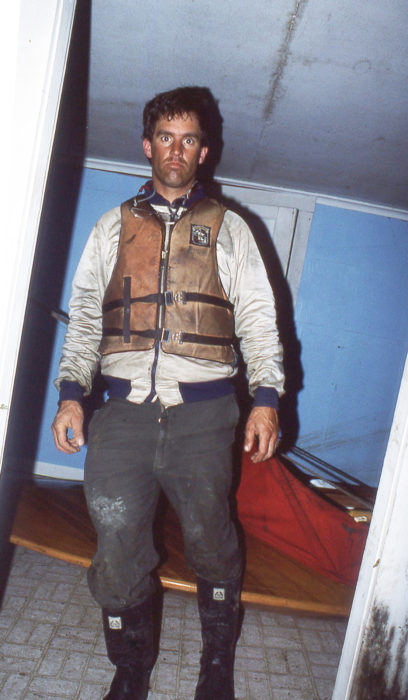
Join The Conversation
We welcome your comments about this article. If you’d like to include a photo or a video with your comment, please email the file or link.
Comments (9)
Leave a Reply
Stay On Course

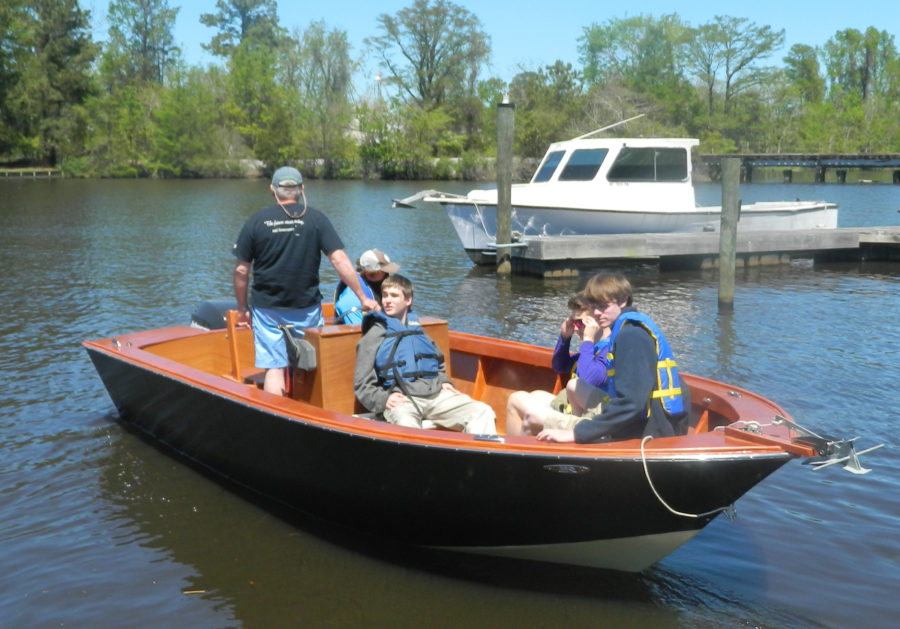


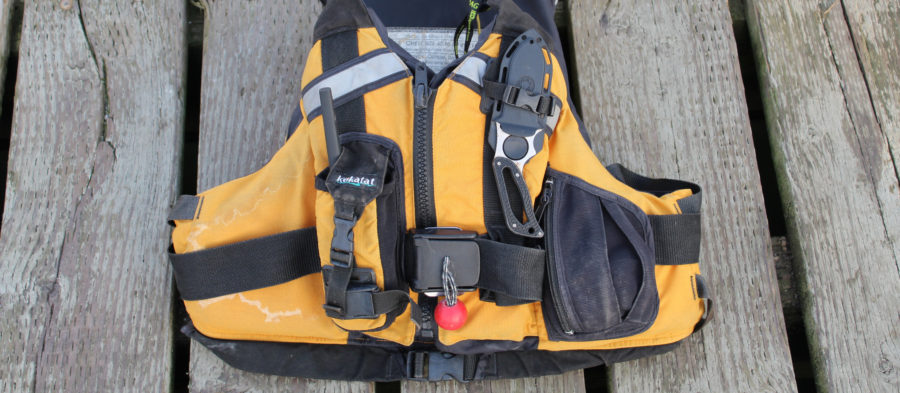


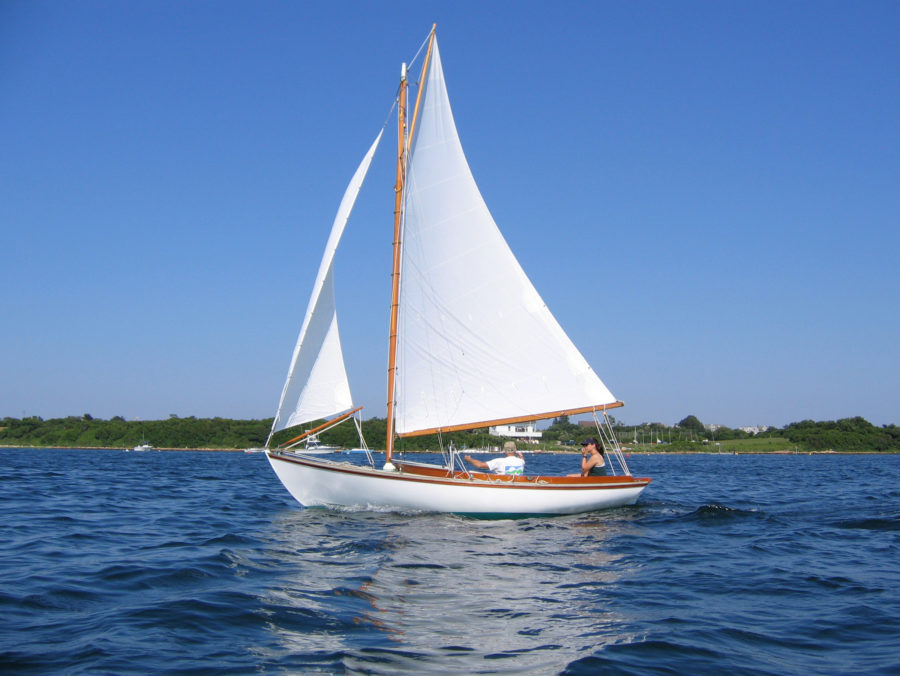



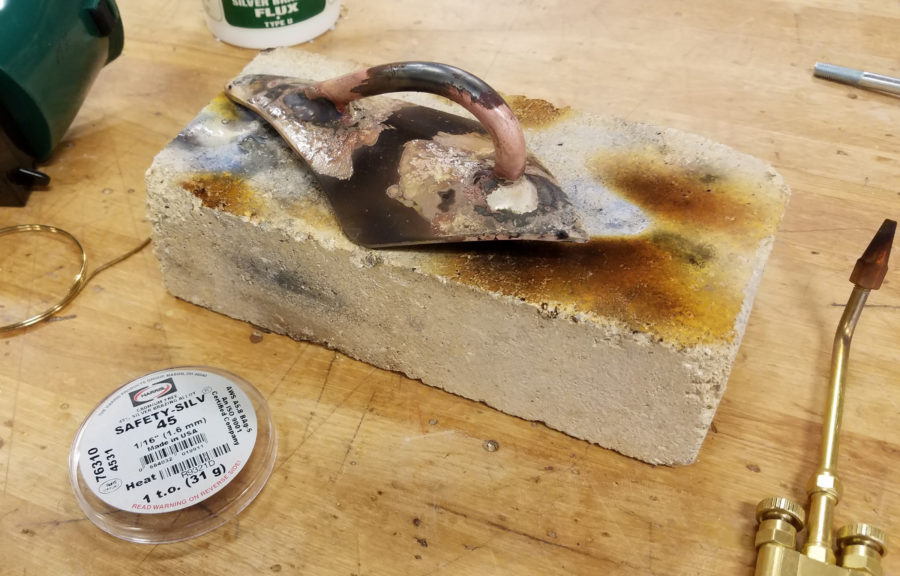
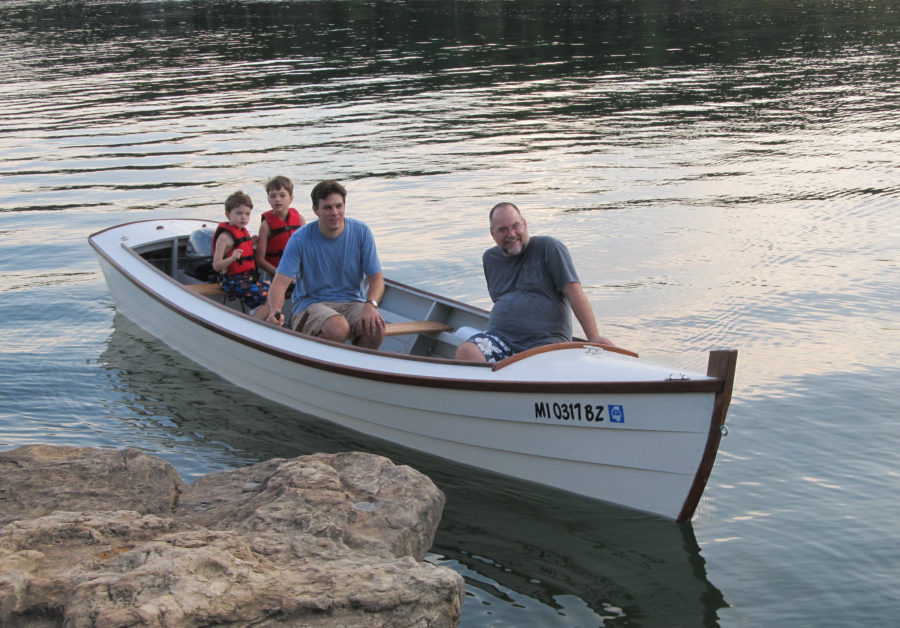
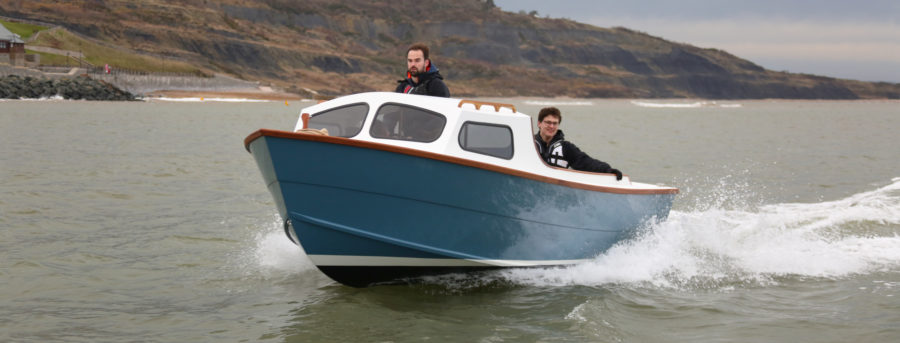
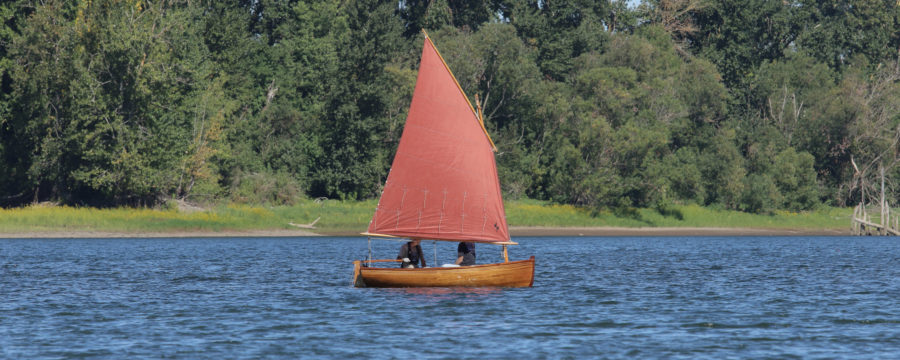
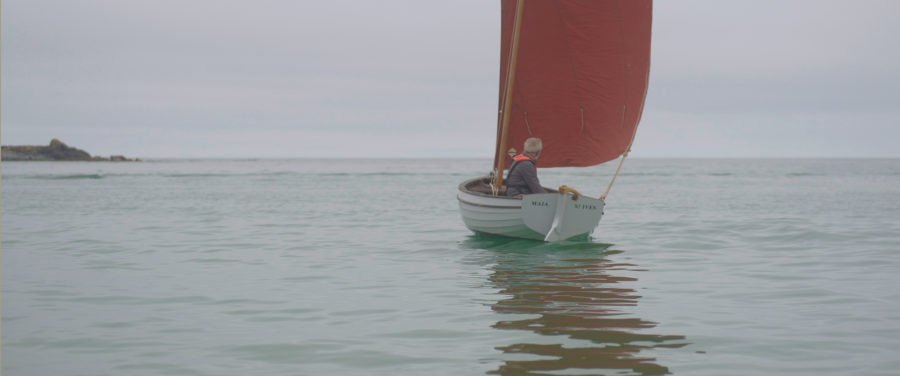
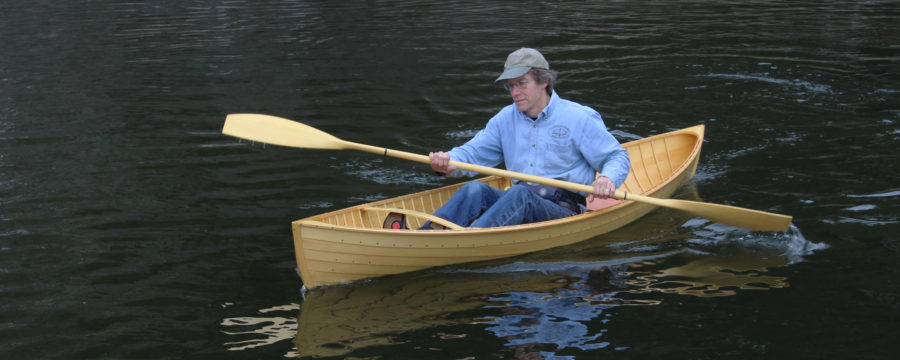
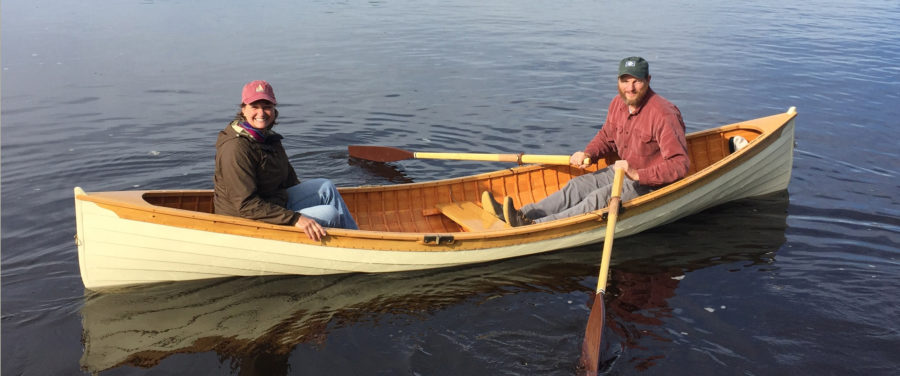
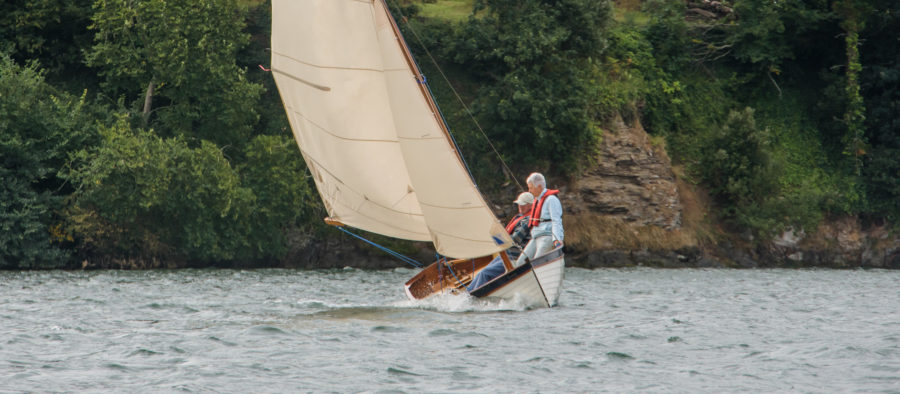


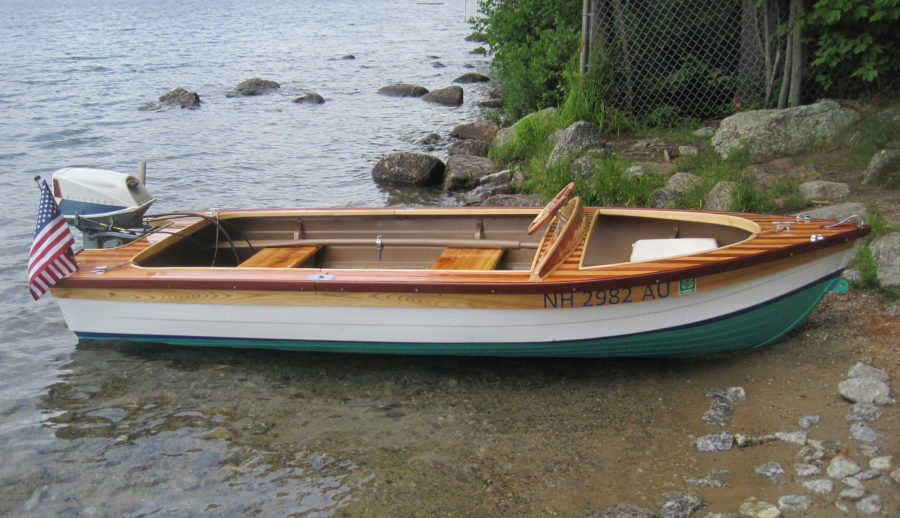
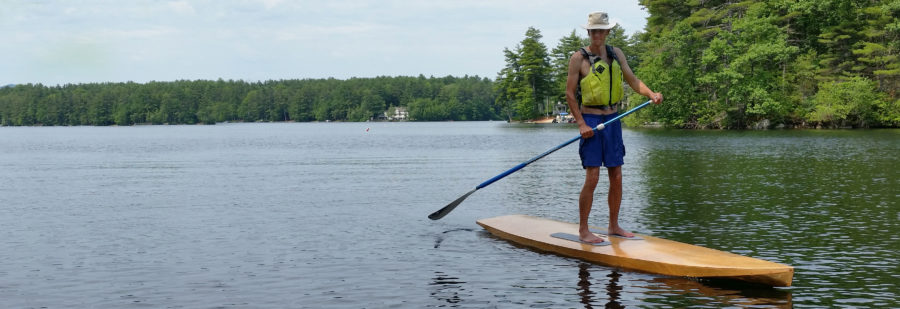
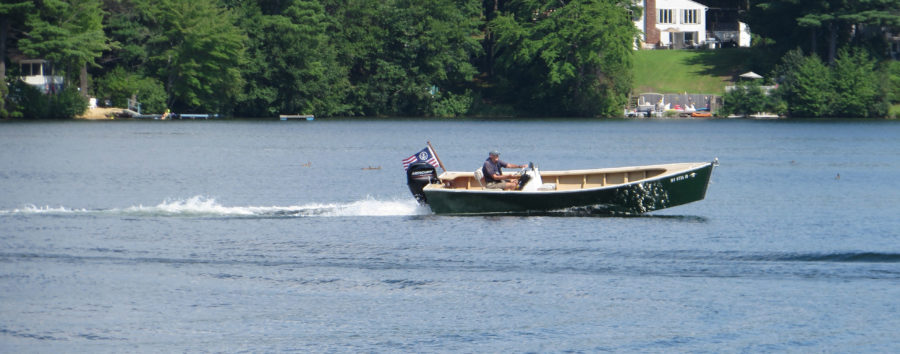
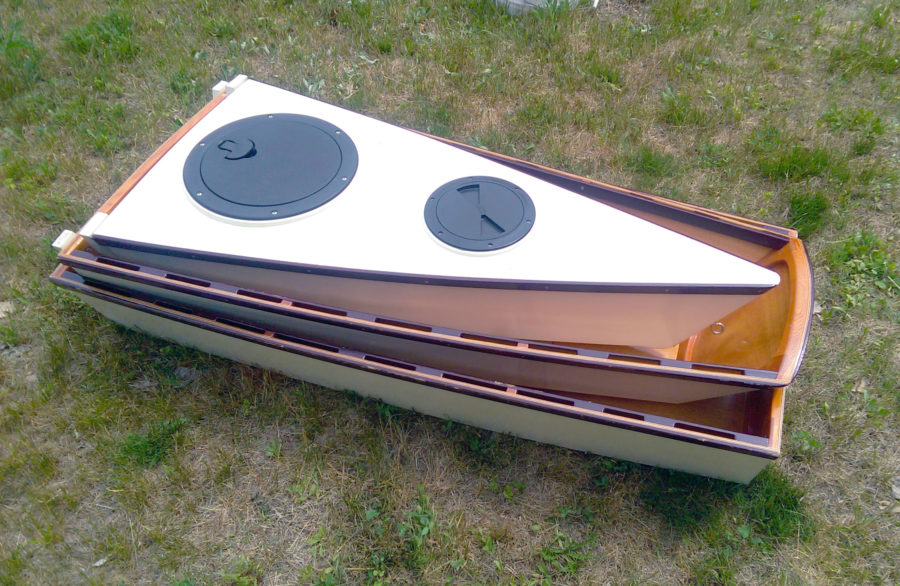

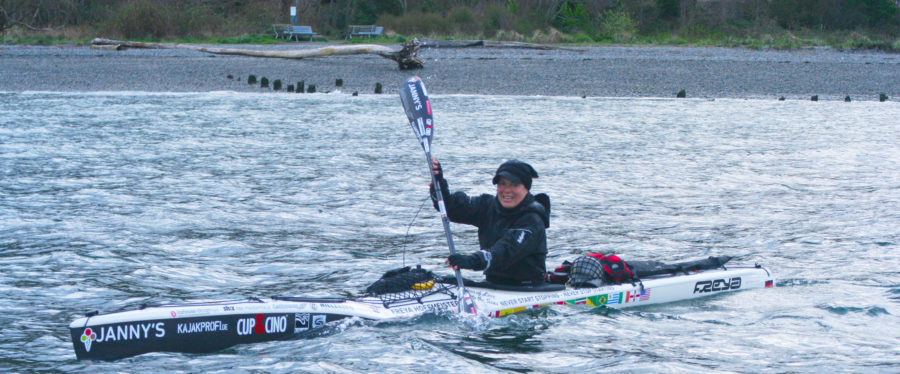
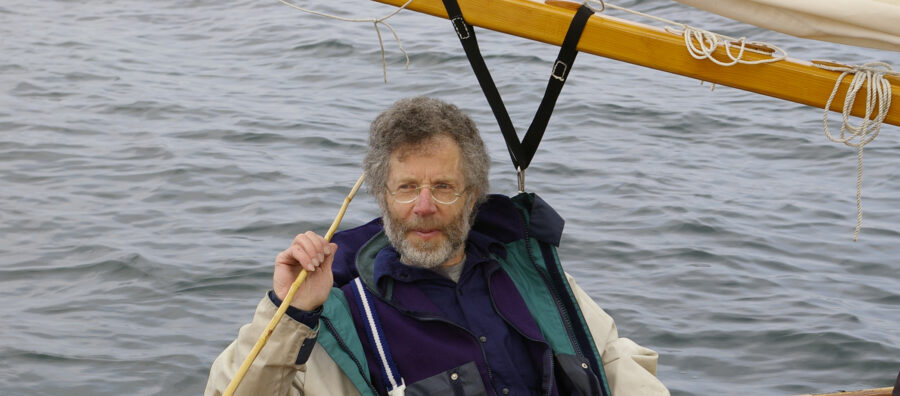

Unfortunately the rescue laser can’t be swapped out for the flares to meet CG night standards so I carry both. Also a handheld compass. And adventure racing got me to buy one of the personal EPIRBs required. Depending on cell phone coverage, one of those expensive beacons like a SPOT or Garmin can be swapped in. Document pouch can also carry 20 bucks. The after pouch can also be used for a mini survival kit, and/or take a water pouch.
You’re quite right about the laser signals—they don’t meet USCG requirements. Greatland Laser markets their devices as accessories to USCG-approved signaling devices. While I stopped keeping a set of Orion’s pocket-sized Skyblazer aerial flares in my PFD, I carry a flare pistol with four 12-gauge aerial signal shells for it in the kit I take aboard my boats. The pistol is too bulky to carry in my PFD, but it’s close at hand in my boats.
For some of my kayak cruises I’ve carried a SPOT device. It can get a signal out in places where VHF contact isn’t effective.
Out by myself in First Mate, and particularly at night, I wear a PFD with a collar…. no pockets. Instead, I have a small Plano soft tackle bag (about the size of a house brick) clipped to my chest via ties on my shoulder straps. It’s not particularly cumbersome to wear and around here it’s a long way between islands and other boats should you find yourself alone in the water.
It carries a 5W VHF, headlamp with strobe, yellow buff with reflective stripe, (for visibility and head protection), an orange bivi sack (to climb into… every few years someone in the water here gets eaten), PLB and mirror, whistle, compression bandage and electrical tape. Everything is tethered and waterproof to IPx7 or 8, but bagged anyway. A knife lives on the PFD.
It’s easy to unclip to carry ashore.
Looks like a great setup Chris. We had some nice survival-vest (SV) and life-preserver (LPU) gear in the Marine Corps, different survival vests for dry or wet environments. Lots of pockets.
I also flew Search and Rescue,in the UH-1N helicopter, with the Marines out in Yuma, Arizona, one of the busiest SAR units in the military. The GPS, PLBs, and EPIRB are great for getting rescuers to the general area, and the signaling devices you have are phenomenal for terminal guidance. A small light source can be seen at night for miles with NVGs (night-vision goggles), and the mirror works great on a sunny day. I especially like the amount of reflective tape on your PFD. Our helmets had white reflective tape underneath camo covers, folks who wear whitewater helmets might consider adding some reflective tape. Also on the helmet was a Velcro patch, our strobe also had Velcro so you could stick it to the helmet. Those without a helmet might consider a velcro patch on a shoulder.
Here’s a link to some great photos of Navy SVs and LPUs.
Cheers,
“Clark”
Hunt around a little and you can find a CG survival aka boat crew vest. Amply fitted with pockets. Useful if your PFD is an inflatable. It will work even with a waist band inflatable which is now the fashionable way to go with a SUP.
Ben Fuller, would you wear the inflatable under the Coast Guard vest, and, if so, how would you fit it to not come off you if the the other were inflated?
Chris,
My PFD pockets carry pretty much what yours do, except the Sea Seat and I still have the 3 pyrotechnic flares. I also have my InReach SE instead of a GPS.
The other thing I carry on my person at all times is a small waist-pack dry bag that has, within it in further waterproof bags, my cell phone, my wallet, my passport if in international waters, car keys if I’ve departed somewhere that I have had to leave the car parked, a spare disposable lighter for starting a fire should I get washed ashore and a micro-Leatherman multi-tool.
Curious what is the make and model of the external knife you carry? The pushbutton release looks like it would be reliable and not likely to release the knife accidentally.
The knife is an old Spyderco model that is no longer available. It’s made of a rustproof H-1 steel and was designed as a rescue knife and the button has been effective. I don’t see anything similar in Spyderco’s current offerings, but there are a lot of marine-grade knives made of H-1 steel in their catalogue.